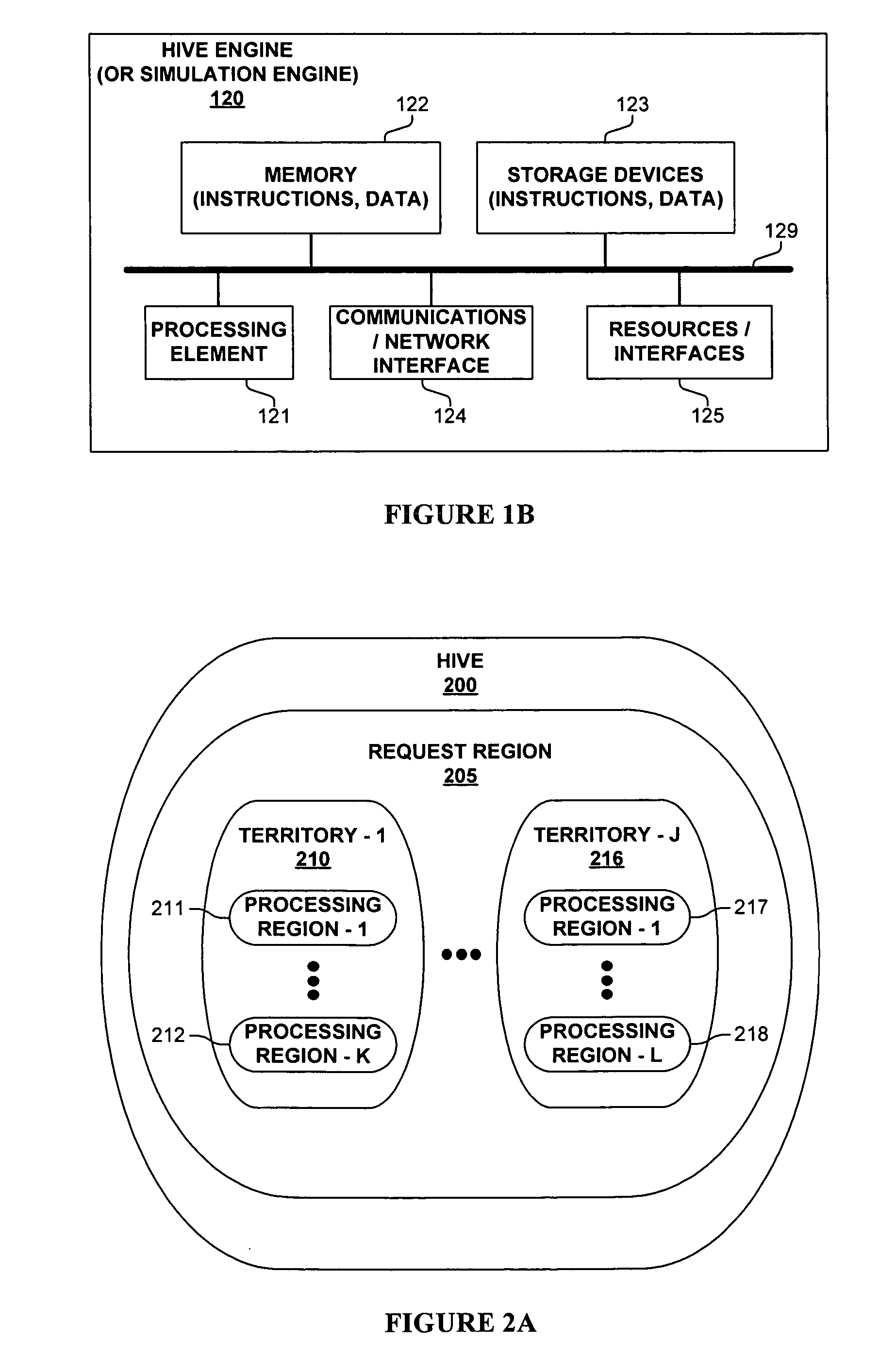Further, the cost associated with these machines stems not only from the significant initial
capital investment, but the continuing expense of a sizeable labor force dedicated to maintenance.
When it comes to mission-critical computing, businesses and other organizations face increasing pressure to do more with less.
It is no longer an option to just throw large amounts of expensive hardware, and armies of expensive people, at problems.
The challenge businesses face is that, when it comes to platforms for mission-critical computing, the world is fragmented.
However, because they are typically single-box machines, mainframes remain vulnerable to single-point failures.
However, the limitation of mainframes is that all monitoring code must be understood, written, and / or maintained by the application developer.
The problem mainframes run into is that such systems fall short when it comes to three factors of high importance to businesses.
First, mainframes tend not to offer high degrees of
scalability.
Second, because of their demanding nature, mainframes rely on armies of highly-trained support personnel and
custom hardware.
As a result, mainframes typically are neither affordable nor maintainable.
However, this availability is only relative because such systems are typically made up of a limited number of components.
The problem with high-availability computers is that have many of the same shortcomings as mainframes.
First, they are largely designed to function as single-box systems and thus offer only limited levels of
scalability.
Second, because they are built using custom components, high-availability computers tend not to be either affordable or maintainable.
UNIX-based servers are scalable, available, and predictable but are expensive both to acquire and to maintain.
Distributed supercomputers, while delivering significant degrees of scalability and affordability, fall short when it comes to availability.
PC's are both affordable and maintainable, but do not meet the needs of businesses and other organizations when it comes to scalability, availability, and
predictability.
However, developing this functionality can require significant amounts of custom development work.
One problem that
UNIX-based servers run into, and the thing that has limited their adoption, is that this functionality comes at a steep price.
Because they must be developed and maintained by people with highly specialized skills, they fall short when it comes to affordability and
maintainability.
For one thing, while it is theoretically possible to build a
UNIX-based
server using inexpensive machines, most are still implemented using small numbers of very expensive boxes.
This makes upgrading a UNIX-based
server an expensive and time-consuming process that must be performed by highly-skilled (and scarce) experts.
Another limitation of UNIX-based servers is that developing applications for them typically requires a significant amount of effort.
Needless to say, such people can be hard to find and are typically quite expensive.
Finally, setting up, expanding, and maintaining a UNIX-based
server requires a significant amount of effort on the part of a person intimately familiar with the workings of the
operating system.
However, this can create significant issues for organizations that do not have such plentiful supplies of cheap, highly-skilled labor.
However that scalability is limited by the fact that communication with each node takes place over the common organizational network and can become bogged down.
Distributed supercomputers have problems delivering availability and
predictability because they are typically designed to take
advantage of non-dedicated resources.
The problem is that it is impossible to deliver availability and predictability when someone else has primary control of the resource and your application is simply completing its work when it gets the chance.
Finally, setting up, expanding, and maintaining a distributed
supercomputer also requires a significant amount of effort because they tend to offer more of a set of concepts than a set of tools.
As a result, they require significant amounts of custom coding.
Of course, the problem with PC's is that they do not satisfy the needs of businesses and other organizations when it comes to scalability, availability, and predictability.
First, because PC's were designed to operate as stand-alone machines, they are not inherently scalable.
That can be a very time-consuming process.
Second, PC's, because they were designed for use by individuals, were not designed to deliver high levels of availability.
As a result, the only way to make a single PC highly available is through the use of expensive, custom components.
The result is that few organizations even consider using PC's for mission-critical computing.
Prior practical data storage use the Reed-Solomon code for protecting stored information; however, the computation overhead of using the Reed-Solomon code, however, is large.
The advantages of using (n, k) are hence very limited if not totally lost.
 Login to view more
Login to view more  Login to view more
Login to view more 


